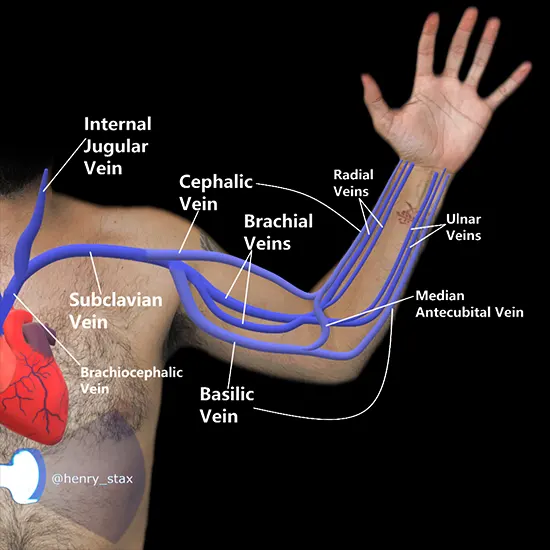
Color Doppler ultrasound of the upper limbs is a non-invasive diagnostic tool that uses high-frequency sound waves to create images of blood flow in the veins and arteries of the arms. It is used to diagnose and monitor a...
Color Doppler ultrasound of the upper limbs is a non-invasive diagnostic tool that uses high-frequency sound waves to create images of blood flow in the veins and arteries of the arms. It is used to diagnose and monitor a variety of medical conditions affecting the upper limbs.
The role of color Doppler ultrasound of upper limbs includes:
- DVT (Deep Vein Thrombosis): Color Doppler ultrasound can identify the presence of a blood clot in the veins of the upper limbs and assess its severity. This is important because a DVT can lead to serious complications like pulmonary embolism if not treated promptly.
- Arterial occlusion: It can detect blockages in the arteries of the arms, which can lead to reduced blood flow and tissue damage.
- Trauma: It can help evaluate blood flow in the upper limbs after an injury or trauma, such as a fracture, dislocation, or soft tissue injury.
- Vascular access for haemodialysis: It can help identify suitable veins for vascular access in patients undergoing haemodialysis, which is a treatment for kidney failure.
Overall, color Doppler ultrasound of upper limbs is a useful diagnostic tool to evaluate blood flow in the veins and arteries of the arms and to diagnose and manage a range of medical conditions affecting the upper limbs.









